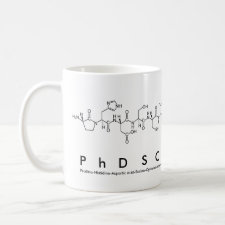
Authors: Chen JH, Lin H, Luo ZH, He YS, Li GP
Article Title: Cu(II)-imprinted porous film adsorbent Cu-PVA-SA has high uptake capacity for removal of Cu(II) ions from aqueous solution.
Publication date: 2011
Journal: Desalination
Volume: 277
Issue: (1-3)
Page numbers: 265-273.
DOI: 10.1016/j.desal.2011.04.040
Alternative URL: http://www.sciencedirect.com/science/article/pii/S001191641100364X
Abstract: In this study, we prepared Cu(II)-imprinted porous film adsorbent Cu-PVA-SA and used it for adsorption Cu(II) ions from aqueous solution. The Cu-PVA-SA can be conveniently used without centrifugation or filtration methods. Copper adsorption on the surface of the Cu-PVA-SA was proved by FT-IR, SEM and EDX. To investigate the effects of experimental parameters on adsorption behavior, we performed a batch of experiments by changing the concentration of Cu(II) ions in the Cu-PVA-SA, the pH of the solution, contact time, adsorbent dosage, ionic strength and initial Cu(II) ion concentration. Our Cu-PVA-SA showed the maximum uptake of 79.3 mg/g under the optimal adsorption condition and has significantly higher uptake than that of nonimprinted PVA-SA. Interestingly, we found the uptake of the Cu-PVA-SA for Cu(II) ions decreased with an increasing of ionic strength, and the pH of the solution decreased with the increase of contact time until the adsorption equilibrium. Competitive adsorption studies for the binary system Cu(II)/Zn(II) and Cu(II)/Cd(II) suggested that the adsorption of Cu-PVA-SA for Cu(II) ions was preferable to Cd(II) and Zn(II) ions. Kinetics experiments indicated the pseudo-second-order model displayed the best correlation with our data. Besides, our equilibrium data could be better described by the Freundlich isotherm model
Template and target information: copper ion, Cu(II)
Author keywords: sodium alginate, film, adsorption, Cu(II), ionic imprinting



Join the Society for Molecular Imprinting

New items RSS feed
Sign-up for e-mail updates:
Choose between receiving an occasional newsletter or more frequent e-mail alerts.
Click here to go to the sign-up page.
Is your name elemental or peptidic? Enter your name and find out by clicking either of the buttons below!
Other products you may like:
 MIPdatabase
MIPdatabase









